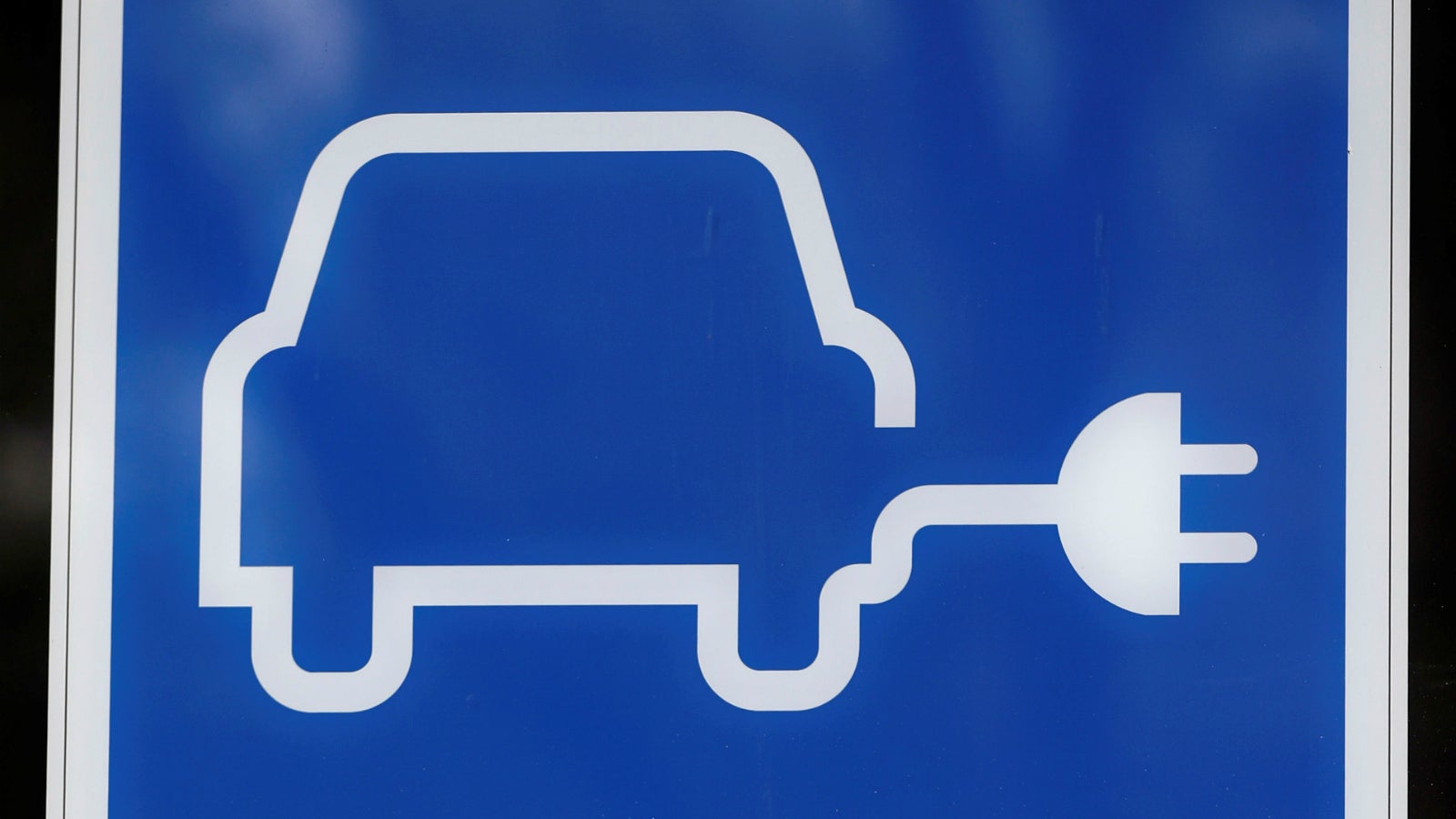New promises could put India’s electric vehicle plan back on track
If India’s power minister RK Singh acts on his words, there’s hope yet for electric vehicles (EV) in the country.


If India’s power minister RK Singh acts on his words, there’s hope yet for electric vehicles (EV) in the country.
His ministry aims to release a set of guidelines for power distribution companies (or discoms) and EV charging service providers by the end of March 2018, Singh said at an event in New Delhi on March 07.
“We had set up a committee with the Central Electricity Authority. So, they had drawn up some (recommendations) which they will present to me…It’s almost ready. Within 20 days, I think I should be able to come out with both the policy as well as regulations,” Singh said.
This comes as a relief after transport minister Nitin Gadkari said in February that there was no need for an EV policy. Gadkari’s pronouncement had raised doubts among industry stakeholders about the government’s commitment to promoting electric cars.
The Narendra Modi government has set an ambitious goal for India: All new vehicles sold from 2030 will be electric ones. However, without concrete action, that seems increasingly untenable.
What should private players expect?
A lack of charging infrastructure has been a concern for automobile players looking to enter the EV space. The new guidelines are expected to bring clarity to a grey area that has so far disincentivised private players from setting up charging infrastructure in India.
India’s Electricity Act does not allow entities other than licensed discoms to sell power. So, the new guidelines are now expected to make a distinction between the sale of electricity and vehicle charging services, a power ministry official said. Those who offer the latter are likely to be considered service providers, thereby doing away with the need for them to attain a power supply licence.
“The moment charging stations are considered a service, it’s no longer the sale of electricity. I think that’s a good move,” Santosh Kamath, a partner at KPMG, told Quartz.
The broad components of the guidelines will include who can set up such facilities, who can bid, and the methodology for fixing tariffs, Singh said.
The guidelines may also allow the setting up of charging stations in existing petrol pumps, Singh indicated, avoiding the land acquisition problem.
The government is also in talks with state-run power companies like NTPC and Power Grid to set up charging stations along identified routes and in large metropolitan cities. As the supply of electric vehicles grows, discoms could bid out infrastructure creation to private players, the minister said.
State-run companies taking the onus will also provide the necessary initial thrust for the segment, Kamath observed.
To incentivise charging service providers, the government may even sell them power cheaper. ”The tariff that we are fixing is reasonable. You will only have the cost of power purchase and the cost of wheeling (transmission)…and some margin,” Singh said.
However, those expecting a direct subsidy are likely to be disappointed.
EV market poised for growth?
The creation of charging infrastructure must go hand-in-hand with EV volume growth nevertheless.
“It will partly be driven by the market. You can’t have charging infrastructure coming in a big way when you don’t have vehicles. Though, charging infrastructure should probably be a little ahead of the curve,” Kamath said.
Industry research shows that, as of 2016, only around 25,000 electric cars are sold in India annually. While some automakers are hesitant because of the lack of an EV policy, others, including Mahindra & Mahindra (M&M), the oldest player in the space, anticipate growing demand.
“There is a demand, that’s what we are seeing” Mahesh Babu, CEO of Mahindra Electric, told Quartz. “You don’t need any more policy, I think action is needed.”
Meanwhile, the state-run Energy Efficiency Services (EESL), already in the process of procuring 10,000 electric cars (pdf) for the government, will float a tender for another 10,000 on March 08. It plans to supply 10,000 cars to Andhra Pradesh and 8,000 to Gujarat for official use, said Saurabh Kumar, EESL’s managing director.
Additionally, it has committed Rs10,000 crore ($1.5 billion) in Andhra Pradesh for its EV plans.
Is it all too ambitious for a nascent market where components, car-making capacity, and charging infrastructure are limited?
“It all depends on how quickly we are able to aggregate demand,” Kumar said. “As of now, we have a demand of 18,000…and maybe a couple of thousands across Delhi and the railways. As we put the cars in, just before that we are laying out the infrastructure. So, it’s going hand in hand. Please remember this is only for government use.”
If the procurement goes as planned, EESL could contribute significantly to volume growth, Kamath said, which would in turn spill over to the industry. ”The price points will come down significantly, and I think that will help the acceleration and adoption of EVs,” he said.